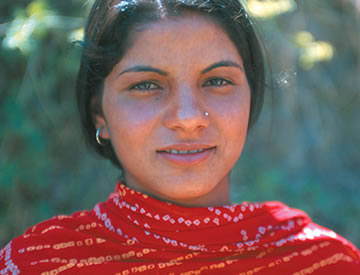UN Women Gender Equality and HIV/AIDS Web Portal
UN Women, in collaboration with UNAIDS, created this comprehensive online resource to provide up-to-date information on the gender equality dimensions of the HIV epidemic. The site aims to promote understanding, knowledge sharing, and action on the HIV epidemic as a gender equality and human rights issue.
This web portal is where you can find cutting edge research, studies and surveys; training materials; multi-media advocacy tools; speeches and presentations; press releases and current news; best practices and personal stories; and campaign actions and opinion pieces by leading commentators.
This site offers these and other up-to-date resources on the gender equality dimensions of the HIV epidemic.
By providing access to a variety of knowledge products in one place, information can be retrieved quickly and easily, thereby reducing the amount of time spent locating key resources and materials on the Internet. Resources are organized by topic, type, and region and the entire site is fully searchable. Short summaries are provided for each of the resources to give visitors a quick overview of each of the materials.
The web portal also offers additional features such as: an RSS feed to follow instant posts to our site, including breaking news, the latest resources and personal stories; a feed on the Homepage connected to the official UN Women Twitter Page; a multitude of page-sharing options through Facebook, Twitter, E-mail, and more. You can get in touch with us with questions/comments or provide feedback and suggestions for the improvement of the site through the Contact page.

UN Women's Approach

While HIV is a health issue, the epidemic is a gender issue. Statistics prove that both the spread of HIV and impact of AIDS are not random. HIV disproportionately affects women and adolescent girls who are socially, culturally, biologically, and economically more vulnerable.
Our work helps to amplify the voices of women living with HIV, using strategies that promote their leadership and meaningful participation in all decisions and actions to respond to the epidemic. We seek avenues to integrate gender equality and women’s rights into strategies, policies, budgets, institutions and accountability frameworks. Some of our initiatives address the multiple intersections between HIV and violence against women. Others advance access to justice for women in the context of HIV, with a focus on critical property and inheritance rights. Our single most important strategy is empowering women and guaranteeing their rights so that they can protect themselves from infection, overcome stigma, and gain greater access to treatment, care and support.
